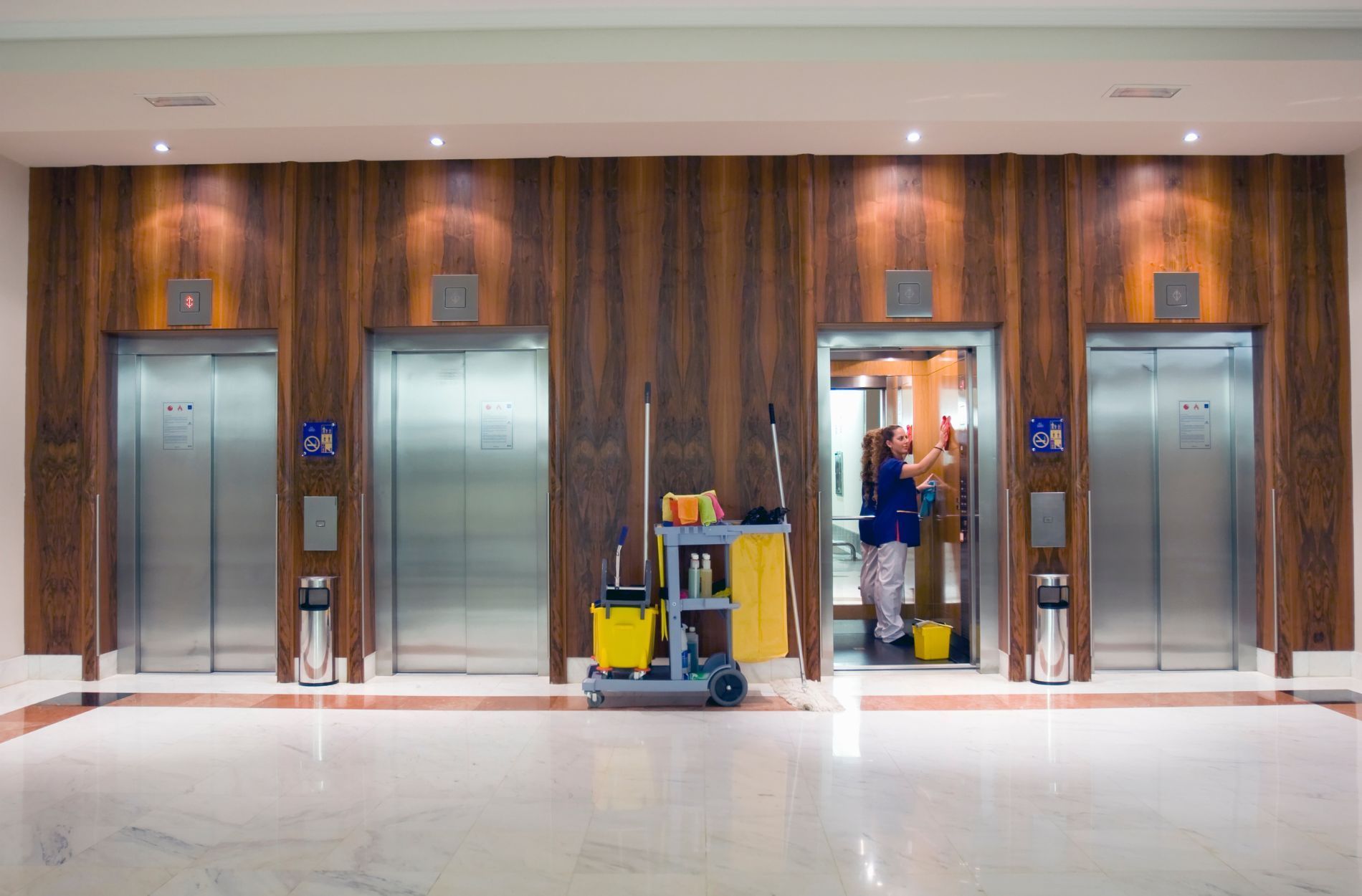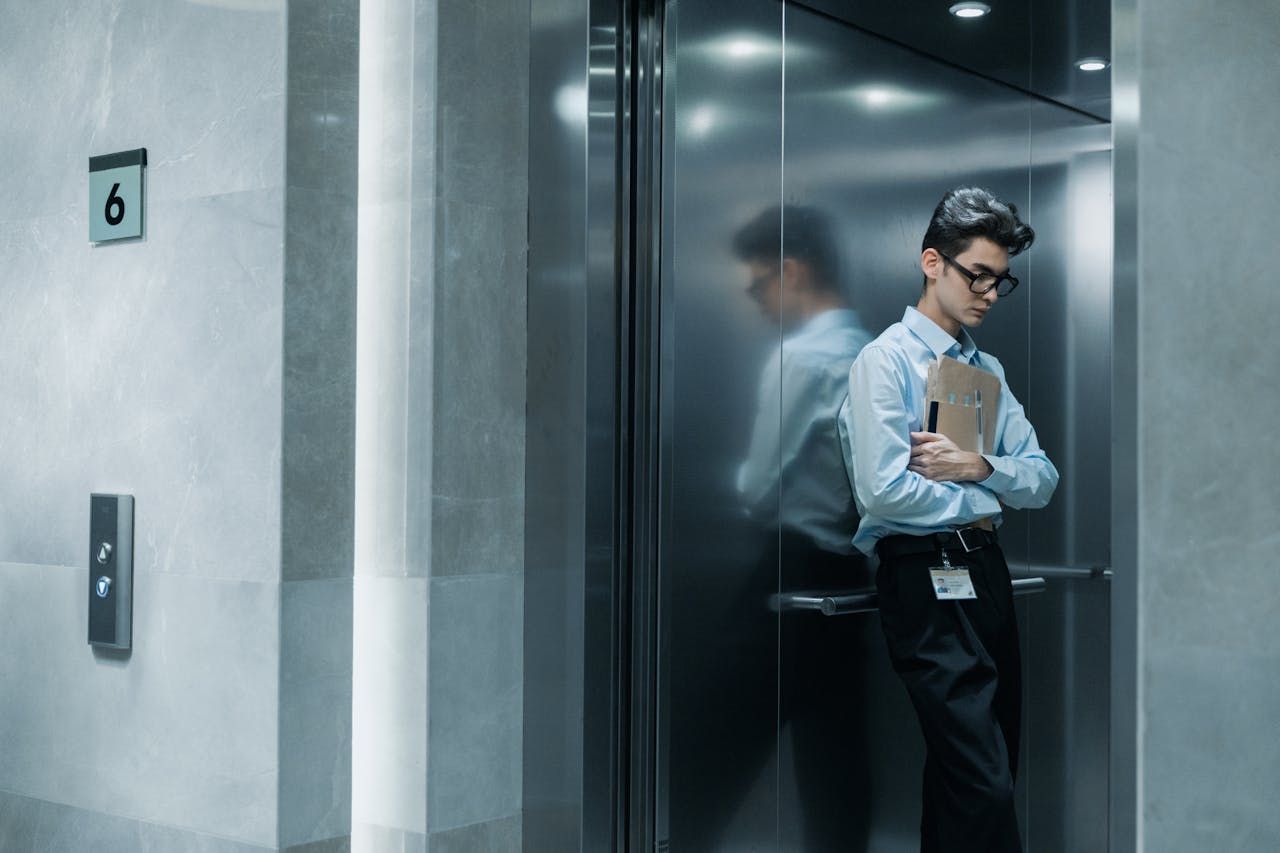Boost Energy Efficiency in Your Elevator System: Cost-Effective Strategies
As a building owner or manager, you understand the importance of optimizing the energy efficiency of your elevator system, not only for the sake of being environmentally responsible but also for the significant cost savings that can be achieved. Elevators are responsible for a considerable portion of a building's energy consumption, and implementing energy-saving strategies can have a meaningful impact on your property's overall energy use. With the increasing focus on sustainability and green building practices, having an energy-efficient elevator system is vital for maintaining a positive environmental profile and attracting environmentally conscious tenants and visitors.
In this comprehensive blog article, we will discuss practical and cost-effective ways to improve the energy efficiency of your elevator system, including upgrading lighting and ventilation systems, utilizing energy-efficient drive systems, and optimizing elevator usage patterns. In addition, we will demonstrate how our expert team can help guide and support you in selecting and implementing these energy-saving strategies, ensuring that you are able to achieve noticeable results and minimize your environmental footprint.
At Elevator Solutions Inc., we are committed to promoting sustainable practices and energy-efficient solutions in the vertical transportation industry. We keep ourselves well-informed about the latest energy-saving technologies, techniques, and products, allowing us to offer the best possible advice and solutions to our clients. Our experts work closely with you to analyze the specific needs, usage patterns, and energy demands of your building's elevator system, tailoring our approach to create the most effective energy-saving strategy for your property.
Partner with our experienced team to develop practical and cost-effective strategies to improve the energy efficiency of your elevator system, reaping the benefits of lower energy consumption, reduced environmental impact, and significant cost savings. Discover the tangible difference that an energy-efficient elevator system can make to your building and the environment while ensuring an economical and sustainable future for your property.
1. Upgrading Lighting and Ventilation Systems
One easy method to boost efficiency is by replacing outdated lighting and ventilation systems in your elevator cab with energy-saving alternatives. A few recommendations include:
- Installing LED lighting: LEDs consume significantly less energy than incandescent or fluorescent bulbs while providing the same, if not better, illumination. They also last longer, resulting in reduced maintenance costs.
- Implementing occupancy sensors: Using occupancy sensors can ensure that cab lighting and ventilation are only active when passengers are present. This saves energy and prolongs the lifespan of the lighting and ventilation components.
2. Utilize Energy-Efficient Drive Systems
Modernizing your elevator's drive system can lead to substantial energy savings and a smoother ride experience. Some common energy-efficient drive systems include:
- Regenerative drives: These drives recover the energy generated during the deceleration of an elevator car and feed it back into the building's electrical grid, effectively reducing net energy consumption.
- Permanent magnet motors: Replacing older motor types with permanent magnet motors, which offer better energy efficiency, can substantially reduce the amount of power needed to operate the elevator.
3. Optimize Elevator Usage Patterns
By adapting the elevator's operation to better suit the building's occupancy and usage patterns, you can reduce unnecessary energy consumption. Below are some suggestions:
- Destination dispatch controls: These sophisticated control systems allocate passengers to elevators based on their destination, reducing the number of stops and optimizing carloads. This eliminates excessive energy consumption, shortens wait times, and improves passenger satisfaction.
- Low-peak operation mode: During periods of low demand, consider adjusting the elevator system to operate at reduced speeds or with fewer cars in service, resulting in less energy use.
4. Regular Maintenance and Monitoring
Proper maintenance and monitoring play a significant role in maintaining an efficient and reliable elevator system. Some key tasks include:
- Scheduled inspections: Regular inspections can identify and resolve issues like misaligned guide rails, worn pulleys, or faulty brakes that can cause your elevators to use more energy than necessary.
- Energy consumption monitoring: Keeping a close eye on your elevator system's energy usage patterns allows you to identify inefficiencies and make data-driven adjustments to improve overall energy efficiency.
Conclusion
Improving energy efficiency in your elevator system is not only beneficial for the environment, but it also contributes to reducing operational costs and enhancing the overall performance of your vertical transportation system. By implementing practical and cost-effective strategies like upgrading lighting and ventilation systems, using energy-efficient drive systems, and optimizing usage patterns, you can make a significant difference in your building's energy efficiency and sustainability.
Partner with our experienced team at Elevator Solutions Inc., and let us help you devise and execute the best energy-saving plan for your elevator system. Together, we can create a more sustainable and efficient future for your property. Contact us today to learn more about the possibilities and benefits of an energy-efficient elevator system with our
elevator services!



